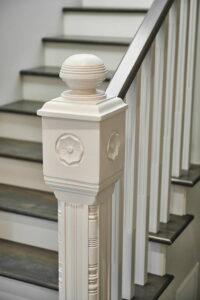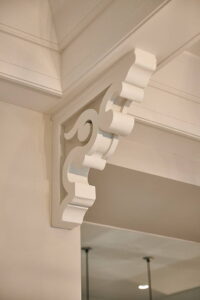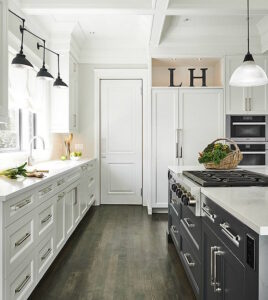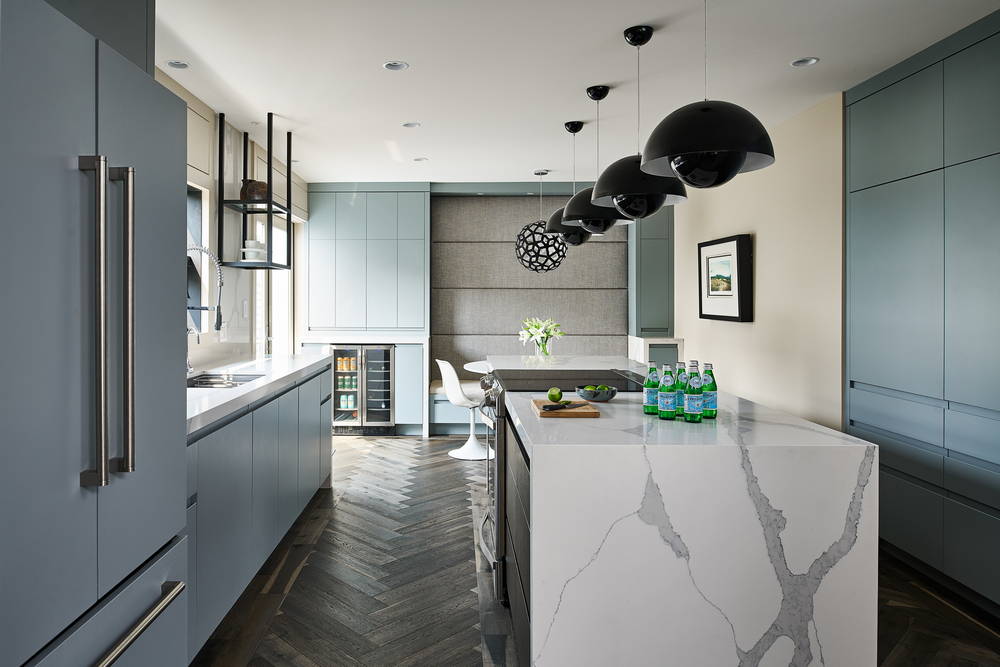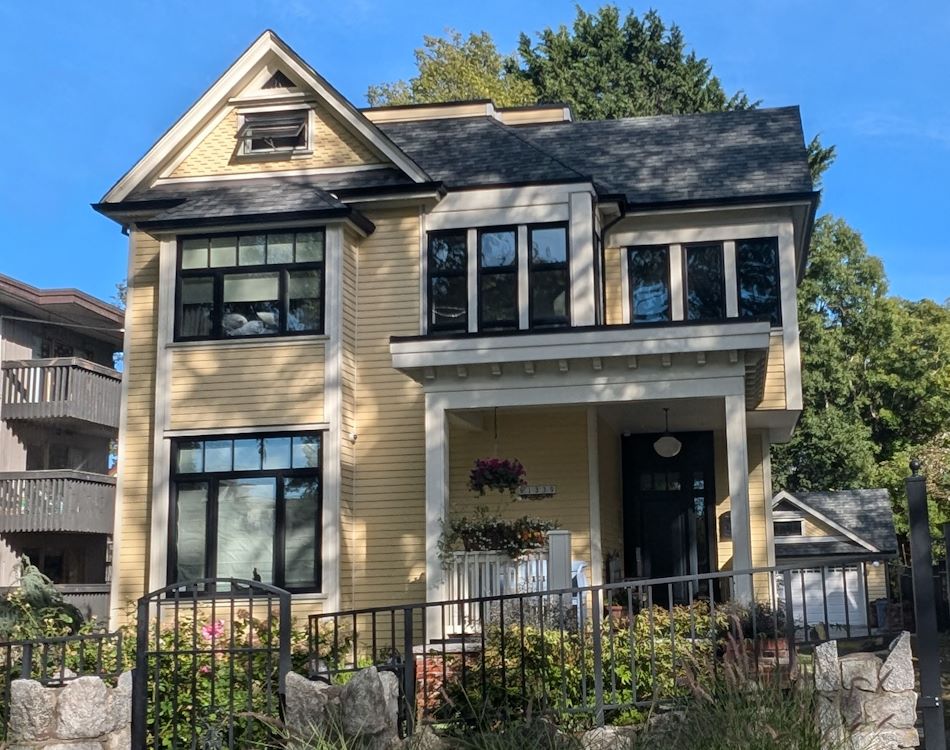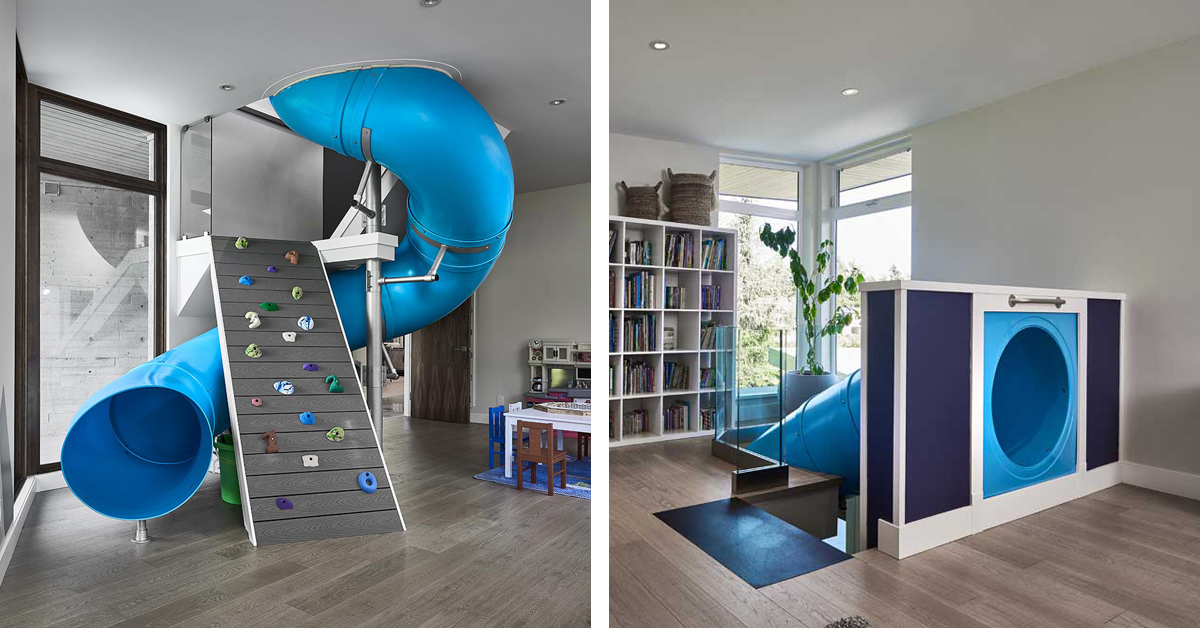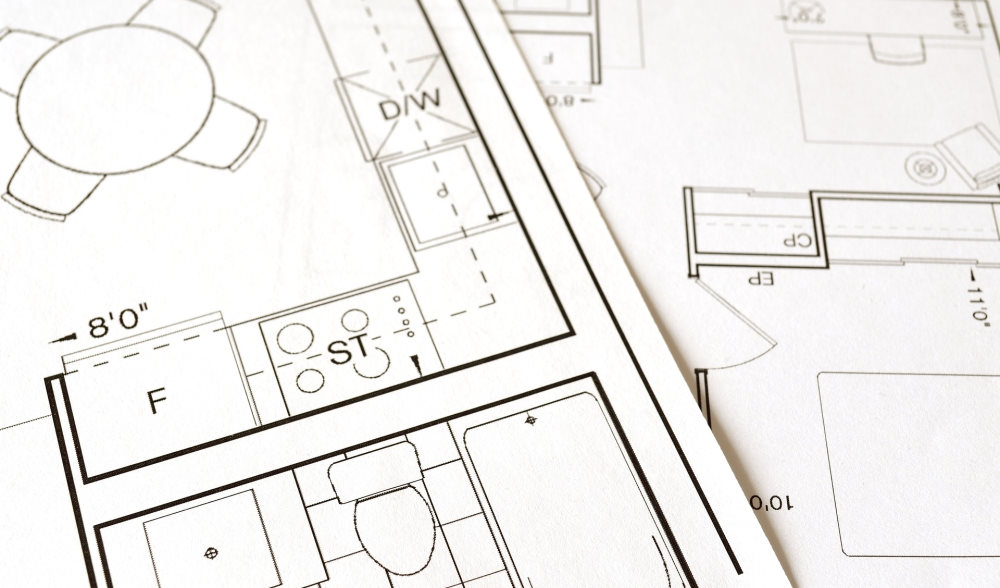
When tackling a new custom home build or large renovation, advice from an experienced professional can make all the difference. When choosing layouts, finishes, and fixtures, it’s easy to overlook crucial details you eventually wish you hadn’t.
We’ve consulted with several of the most trusted experts from across Victoria, BC, to gather their top tips and recommendations for planning a custom home or renovation project.
Recently, we spoke with renowned interior designer Ivan Meade, an authority in modern home design. Meade emphasizes blending timeless elegance with the highest quality standards to ensure both beauty and longevity in every design project, such as with this remodelled Mid-Century Modern Townhome. Here are Meade’s top tips for transforming your custom project into a masterpiece of form and function.
1) Invest in quality (Not as easy as it sounds)
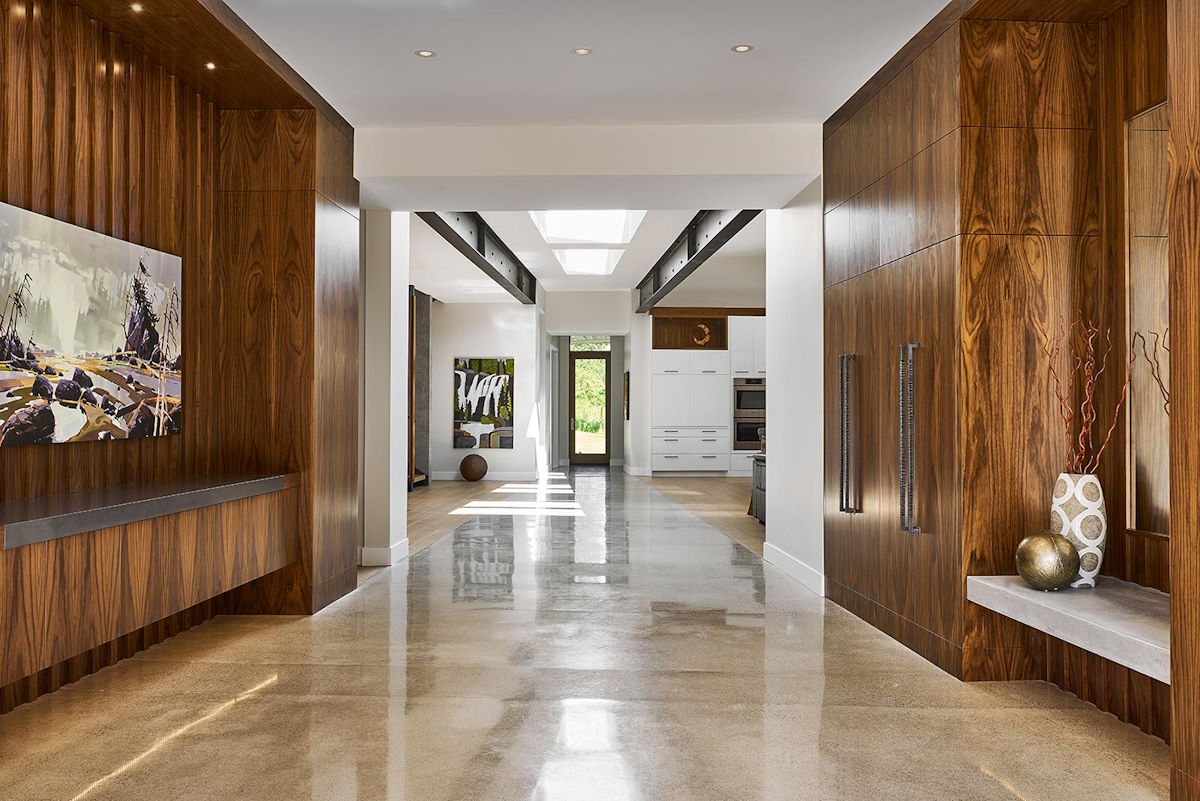
Family-Centred Modern Custom Home
Walnut panels and polished concrete floors signal luxury in this custom home entranceway.
Everyone talks about quality, whether it’s the homeowner looking for the best finishes or the manufacturer promoting the superiority of their fixtures or appliances.
But for modern projects, getting the premium quality product you expect isn’t as easy as it used to be. “We’re seeing more beautiful designs, but poor quality is becoming the norm,” contends Meade. “We’ve moved into the fast fashion of design, which means cheaply made, replaced more often, and more waste for the landfill.”
In other words, something that photographs beautifully isn’t guaranteed to perform beautifully.
More recently, new technologies such as 3D printing have brought production costs down, but this kind of affordability comes with a different kind of expense. Meade claims that there is a planned obsolescence built into today’s products. That’s why you should always review the product warranty and online reviews to see how much the company stands behind its work.
2) Spend your budget on high-use items
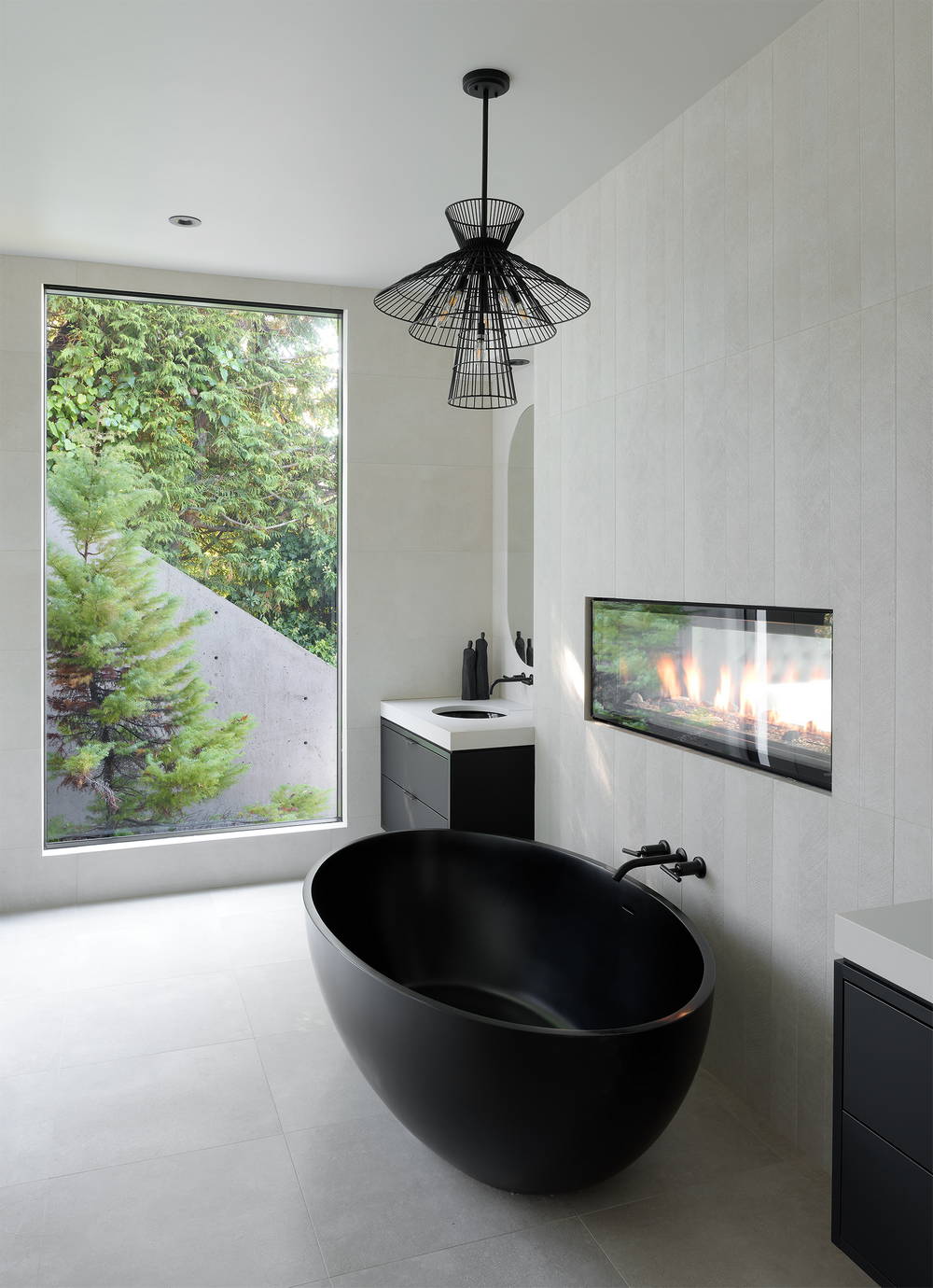
Oceanside Oasis
Choose durable, high-quality items for high-traffic areas like this onyx pedestal tub.
Meade’s number one recommendation is to seek quality in everything, but especially in high-usage areas such as kitchens and bathrooms. “Spend the money on things you touch every day,” says Meade. “Think about appliances, switches, and faucets.” These are the things you will find break down first, and you will be really inconvenienced every time they must be replaced.”
But sourcing quality items has become more difficult, says Meade, as lower-cost options from online vendors have made access to cheaper products quick and easy. And a proliferation of brand lines means even products from formerly trusted brands might not live up to your expected standard of quality.
“Something like a kitchen faucet from a recognized brand can be sold for less because it is more cheaply made. While it might look the same on the outside, the insides will be of a lesser quality, maybe plastic instead of metal,” says Meade. “They will look great, but they won’t hold up to the demands of real life.”
3) Buy from local craftspeople first
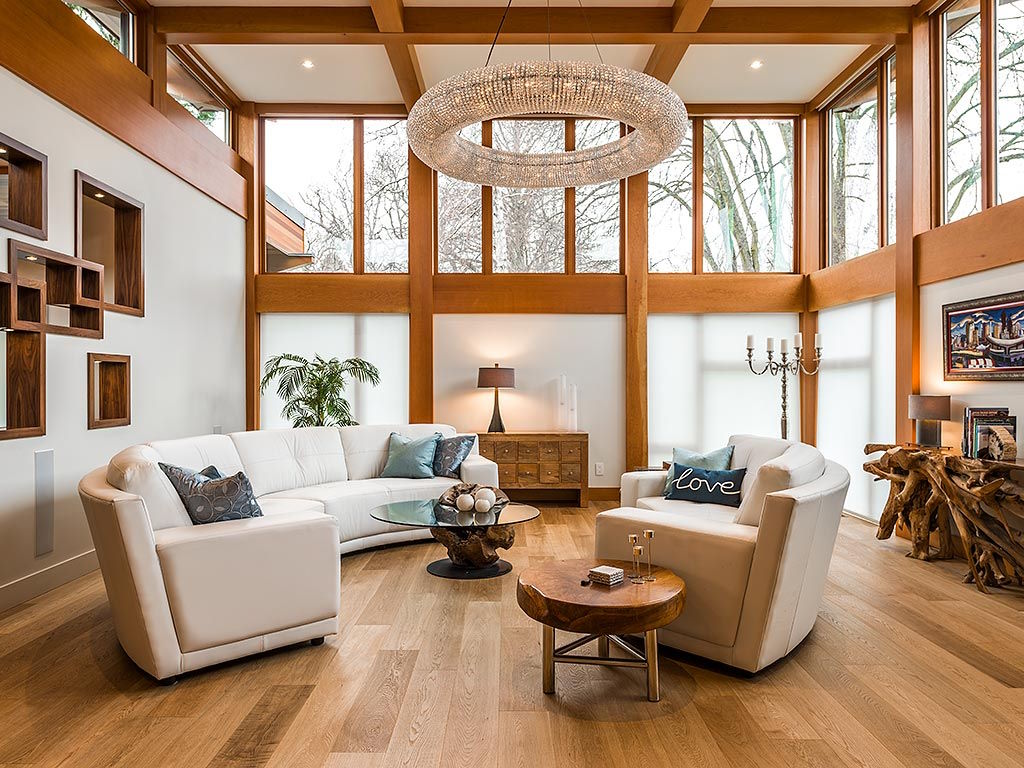
Westcoast Modern Home
Locally-sourced furniture and fixtures like this bespoke chandelier add a unique touch.
Meade recommends working with someone local to ensure better control and execution of your bespoke project. “We can support Vancouver Island people and create something truly original for your unique living space.” Working with local artisans and craftspeople also means items can be highly customized to your room or taste, especially for statement pieces such as a dining room table, feature wall, or lighting fixture.
4) Minimize waste by upcycling materials
The best design will yield beautiful results and, at the same time, minimize waste. Meade recommends design touches such as using the off-cuts from counter slabs for table tops or other areas in the home. Consult with your builder about what materials you are planning to use and ask how they can be used in creative ways to reduce waste while adding a special cohesiveness to your home.
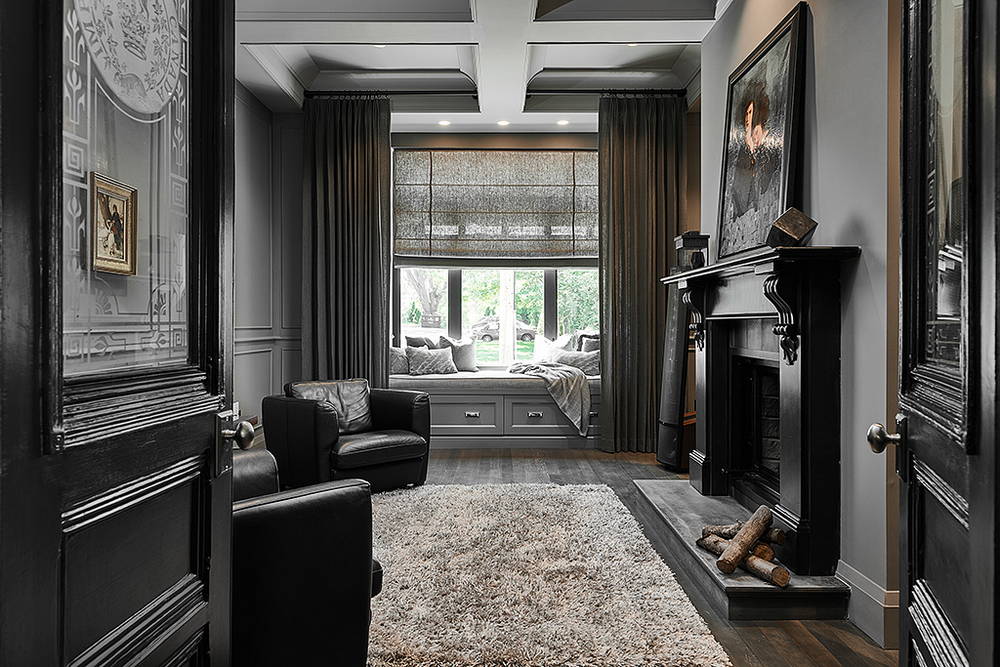
Stanley Heritage Renovation
Many elements of this heritage renovation were reclaimed, including the original fir flooring.
“People are eager to have everything completed in one go,” says Meade. “It can be done, but you are sacrificing something for that. The right materials and fixtures take time to come together.
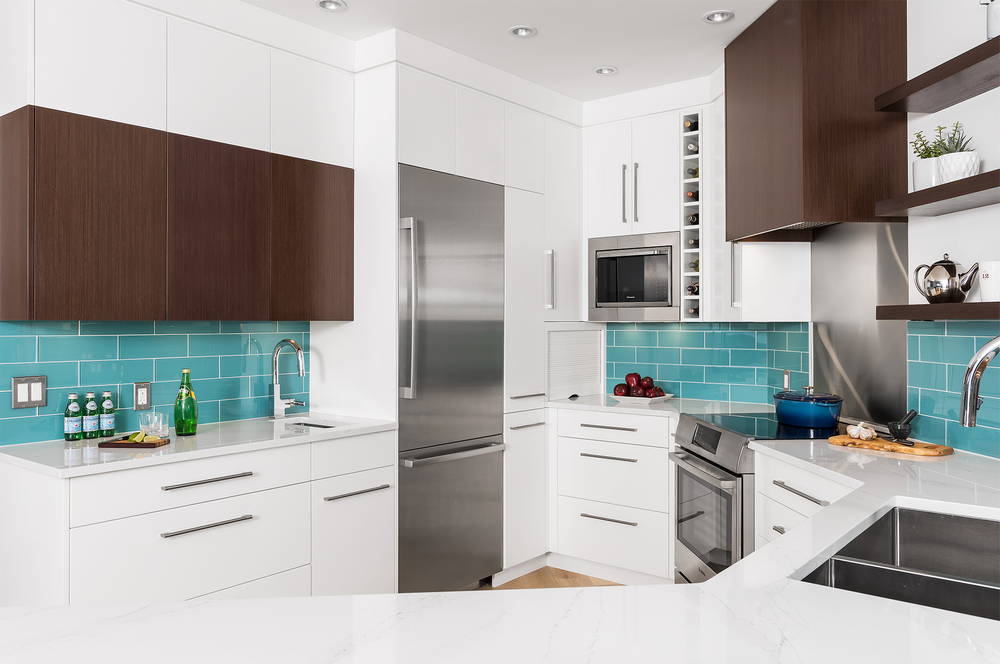
Coastal Chic Renovation
This home’s previous kitchen was sent to a group home, dramatically reducing waste.
5) Focus on lighting spaces
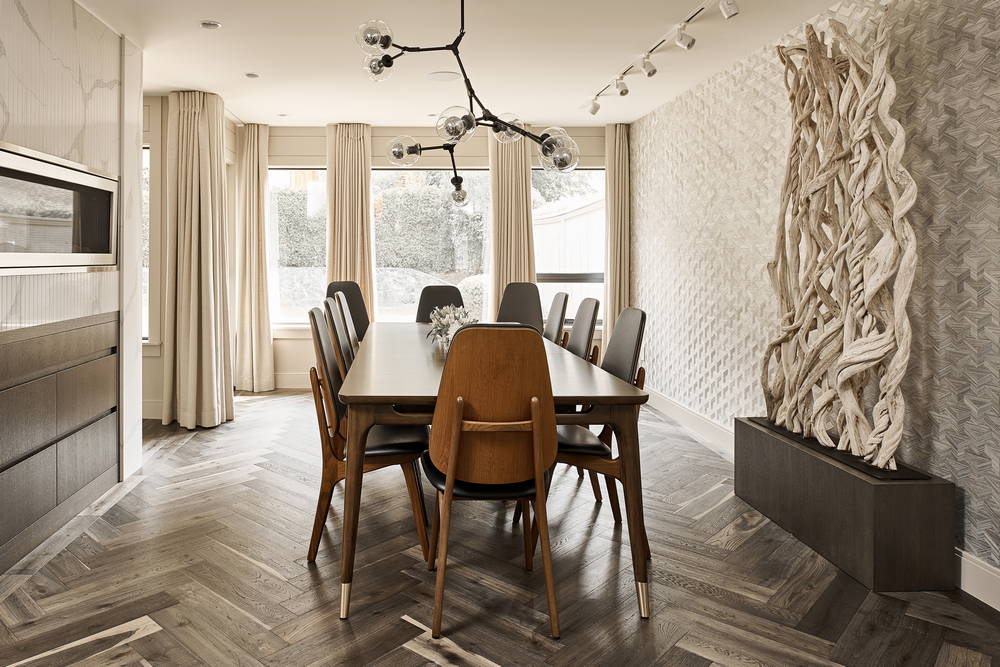
Mid-Century Modern Renovation
Take lighting intensity and temperature into account when choosing fixtures.
While your architect and builder will advise on the best ways to maximize natural light in the home, your interior designer will focus on non-natural lighting. It’s an important aspect of the overall design and entails a lot more than where to place lamps and light fixtures.
Meade advises that it’s key to also consider the lighting temperature, which is the amount of warmth in the light. Colour temperature in the home is usually between 2,500 and 3,000 Kelvin, so check your fixtures to ensure consistent lighting temperature from room to room to avoid a jarring transition from warm lighting to cool lighting.
When selecting a lighting fixture, longevity needs to be considered as much as the design. Many “budget-friendly” fixtures are designed to last for only a limited time. In some fixtures, the light bulbs cannot be changed, so the whole fixture will have to be replaced when bulbs start to burn out.
Take your time when selecting appliances and fixtures so they stand the test of time.
6) Experiment with paint and accent pieces
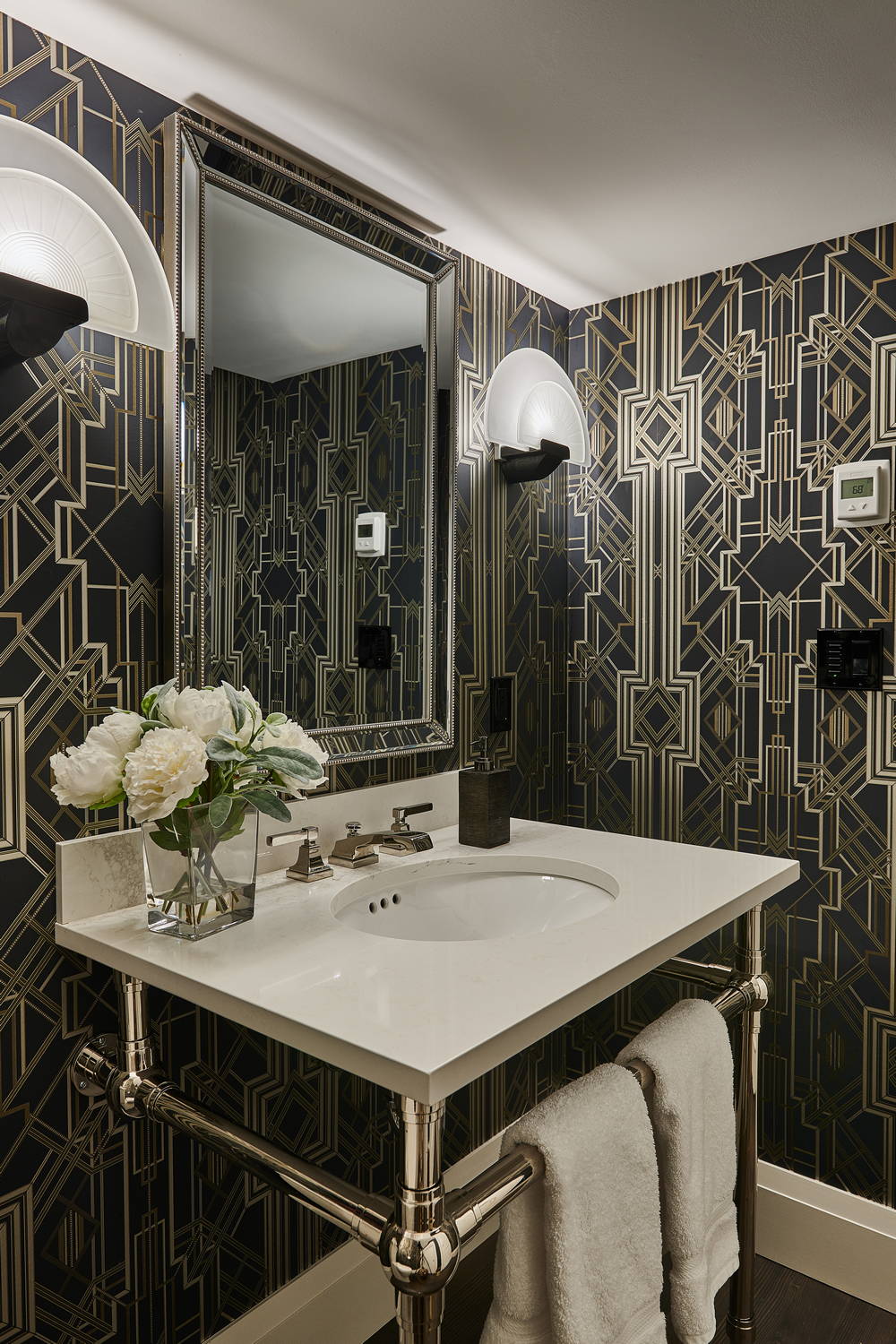 Stanley Heritage Renovation
Stanley Heritage Renovation
Accents such as paint and wallpaper can be easily changed without creating much waste.
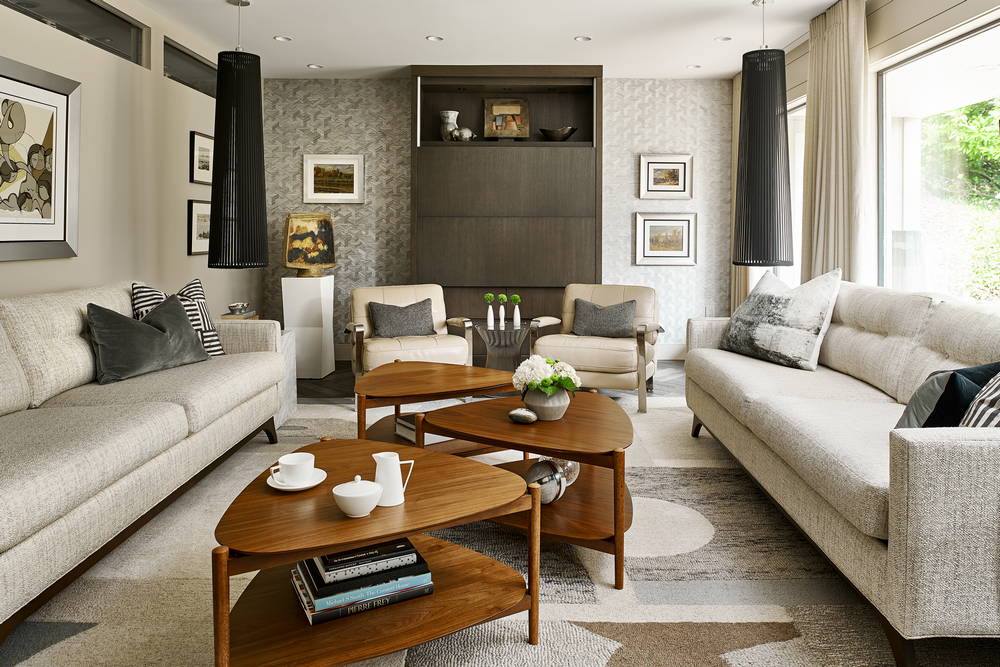 Mid-Century Modern Renovation
Mid-Century Modern Renovation
New furniture coverings can bring a whole new energy to a room.
If you follow trends or like to regularly update your space, Meade recommends experimenting with things you can change easily, such as paint or pillows. And when you decide to update your accent pieces, they often can go to a new home rather than the landfill.
You can often re-cover quality furniture, which has a lot less impact than having to change the whole piece. A new colour or pattern can bring new life to the piece, giving it a fresh look. Your interior designer is a great resource for sourcing interesting fabrics and accent pieces to complement your design.
Thinking about a custom home or renovation? See our work for some style and design ideas to get you started.
